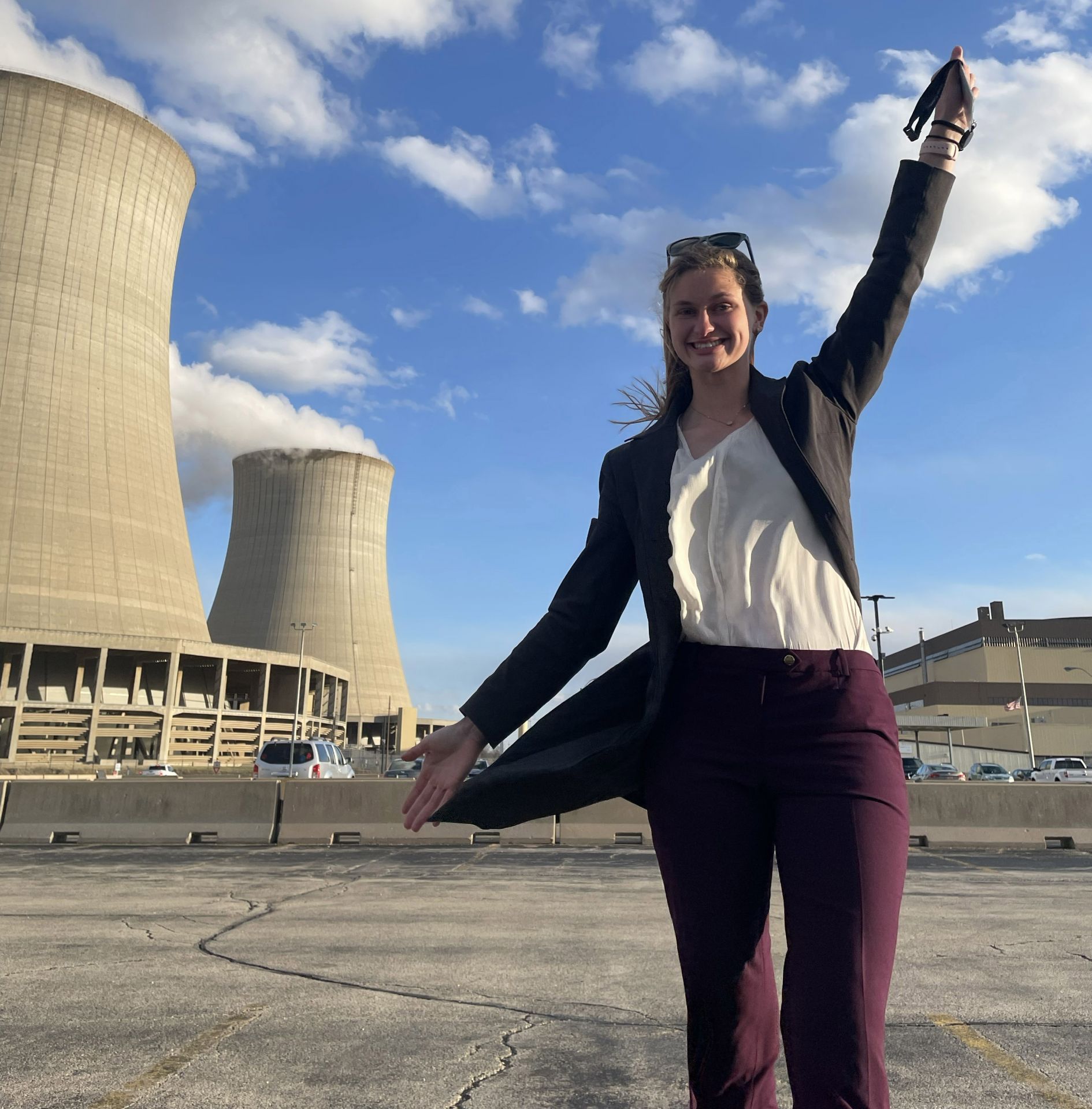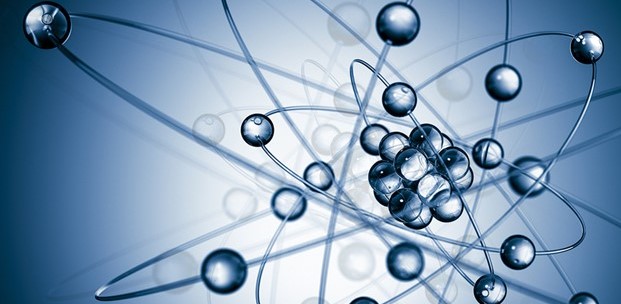Miss Wisconsin: Breaking down misconceptions about nuclear

Grace Stanke in front of the cooling towers at the Byron generating station during this spring’s outage.
"Miss Wisconsin" and "nuclear engineer" are two phrases you have probably never heard in the same sentence before. And not just Wisconsin—it’s never been heard in any state. As Miss Wisconsin 2022, I will be the first nuclear engineering student ever to compete for the title of Miss America, an iconic position for which thousands of women across the country strive (which pays six figures and has the potential of thousands of dollars in scholarship earnings).
Over the summer, in an attempt to help find another opportunity to offset the cost of the last year of my education, I competed for the title of Miss Wisconsin for the second time. I was lucky enough this time to be selected for the job after competing against 22 candidates in the interview, talent, social impact pitch, red carpet wear, and onstage question events.
As Miss Wisconsin, I will travel thousands of miles across the state to attend community events, visit schools, and lead speaking engagements related to the Miss America Organization, my social impact initiative, and my career in nuclear energy. My social impact initiative, “Clean Energy, Cleaner Future,” promotes America’s transition to zero-carbon energy with an emphasis on nuclear power, because I believe it is the best path forward as our major power source.

-3 2x1.jpg)



.jpg)


